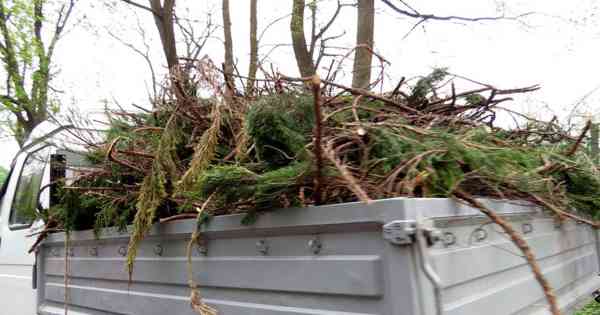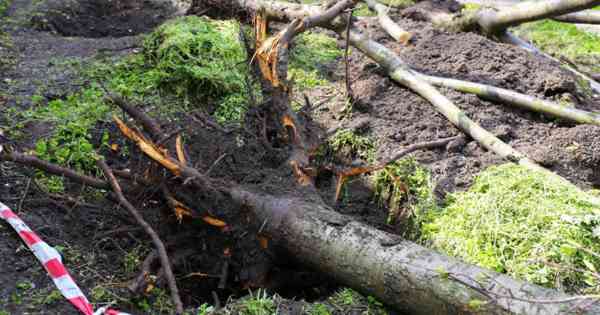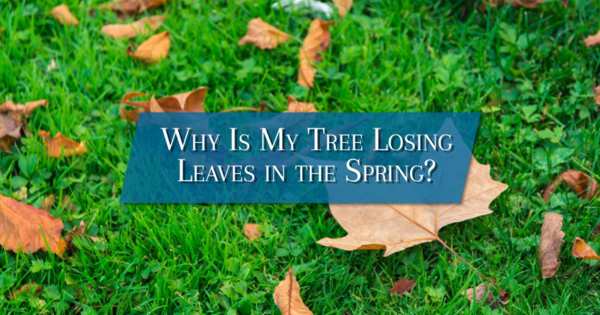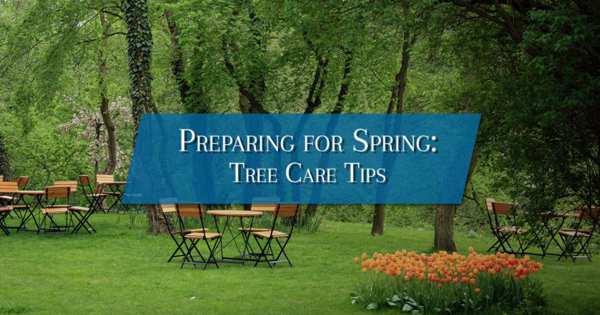Winter Tree Care
Dead or Dormant?
Believe it or not, winter is the perfect time for tree trimming and tree removal. Though for tree care professionals it can get a bit cold working outside, during winter trees are easy to be diagnosed and cared for. In today’s blog, the Calgary tree service professionals at Ocean Tree Care would like to talk about what makes winter a great time for tree services and how to notice if your tree is in need of attention.
As Calgary’s Top Rated Local® tree care providers, we take pride in being able to handle all of your Calgary tree services. Whether you need tree pruning, stump grinding, crown restoration, tree planting, shrub shaping, or some other tree service, we’ve got you covered! Contact us today to learn more or to schedule an appointment.
Dead or Dormant?
During the winter, trees go dormant—similar to the way bears hibernate. During this time, they are essentially trying to conserve energy and prepare for the spring. There is little to no growth happening. This occurrence, in combination with the fact that they will likely lose all of their leaves, can give a tree an eerily dead look. However, before you deem your tree a goner and get out the chainsaw, do a thorough inspection of your tree—or better yet, have a professional tree care provider make this decision and perform all necessary tree services.
Steps to Determine the Condition of Your Tree
Step 1 — Signs of Life?
Though you may have never noticed it, likely because you don’t get that close to your trees in the winter, trees should still have buds in the cold months. These buds will likely be small so you are going to have to look closely. If you spot little green buds, your tree is alive and well and ready to bloom in the spring!
Conversely, if you do not notice any buds or all of the little buds are shriveled, this could indicate that your tree is dying. However, this may just be a symptom of a branch and not the whole tree. Assess other branches to confirm a widespread problem.
Step 2 — Healthy Trunk?
Just like leaves, the bark of your tree also goes through cycles, and in the winter, you should notice some fresh bark beginning to grow. If when looking at the trunk of your tree all you notice is bark that is being shed but not being replaced, this could potentially be a sign that your tree is in bad health. Also, check the trunk for any potential cracking. If you notice cracking, this is a warning sign that you may need some professional tree care or, worse, a tree removal.
Step 3 — What’s Under the Surface?
Often called the scratch test, the process of using a finger or small knife to lightly scratch a spot on a branch or twig can reveal a lot about the overall health of your tree. Ideally, the layer under the bark should be moist and bright green. This is the sign of a healthy tree. Conversely, if you perform this test and find nothing but a dry, brittle, and brown layer, you may have a problem. To confirm the threat, test several branches and try bending them. If they snap, your tree is likely dead or dying, and you may need to schedule a tree removal.
Not sure if your tree is dead or alive? Call the experts at Ocean Tree Care for a professional assessment. The winter is the perfect time for tree removal and tree pruning. Check out our tree services and schedule an appointment today!





